Affiliate links on Android Authority may earn us a commission. Learn more.
Are ad-supported streaming services worth it?
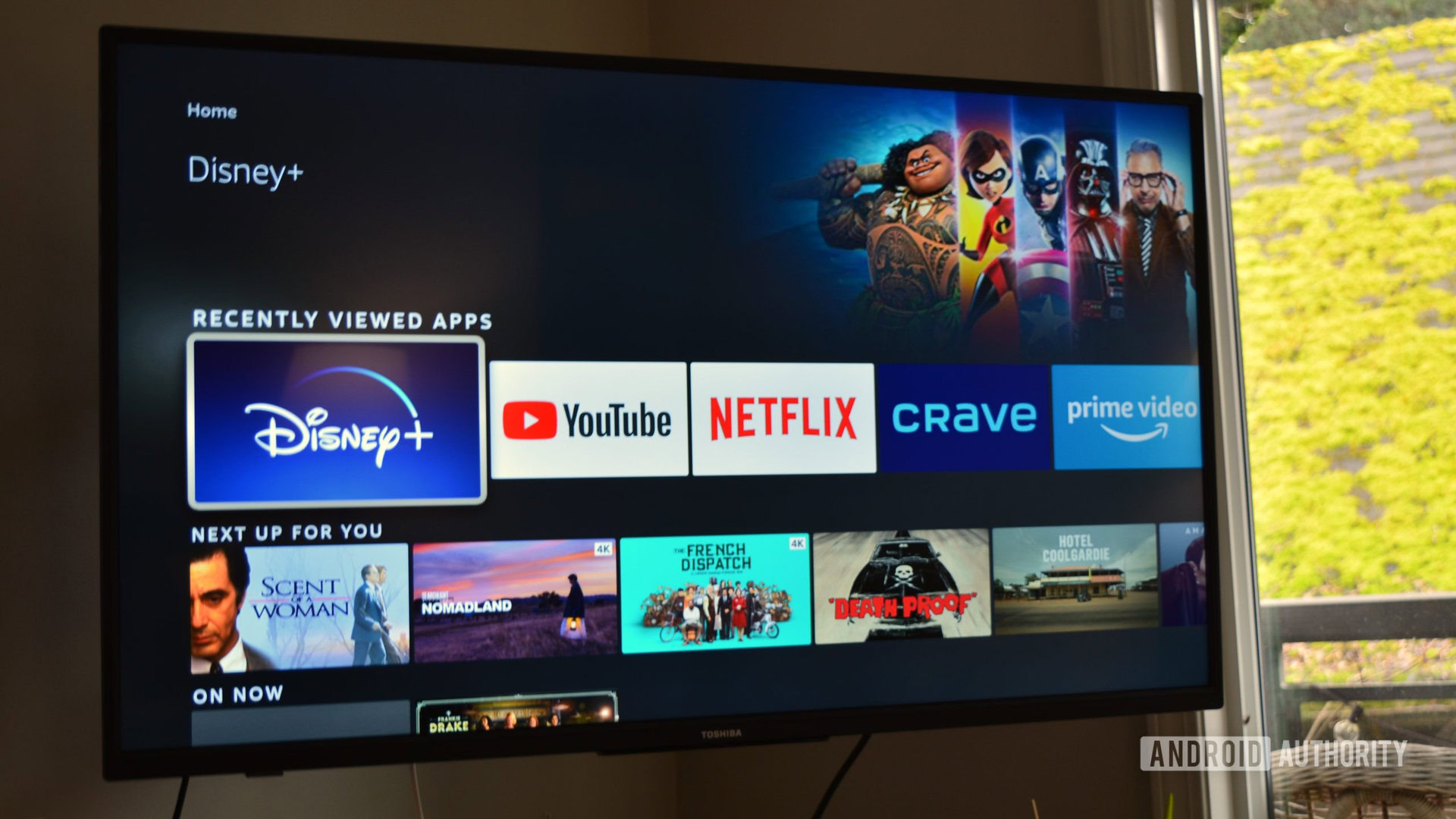
The streaming market has been on a wild ride for the last few years. During the early days of lockdowns, Netflix and other streaming services saw massive subscriber gains as more of us stayed indoors. All good things must come to an end, though, and 2022 was a much rougher year for streaming services as inflation ran amok. It also didn’t help that many of us started returning to our everyday lives. As subscriber growth slowed down, many of us also trimmed down how many streaming services we subscribe to. To counter this change in the market, many streaming services are now pushing ad-supported tiers. We’re also seeing established paid services spinning off their own FAST (free ad-supported streaming) alternatives, such as Amazon’s Freevee.
Personally, I don’t mind ads. Sure, I’d rather do without them, but I can’t deny that it’s an easy way to save some cash. Unfortunately, the current state of ads isn’t without a few quirks or sacrifices.
Are ad-supported streaming services worth the savings?
Most streaming services don’t know how to serve up ads right, not yet at least
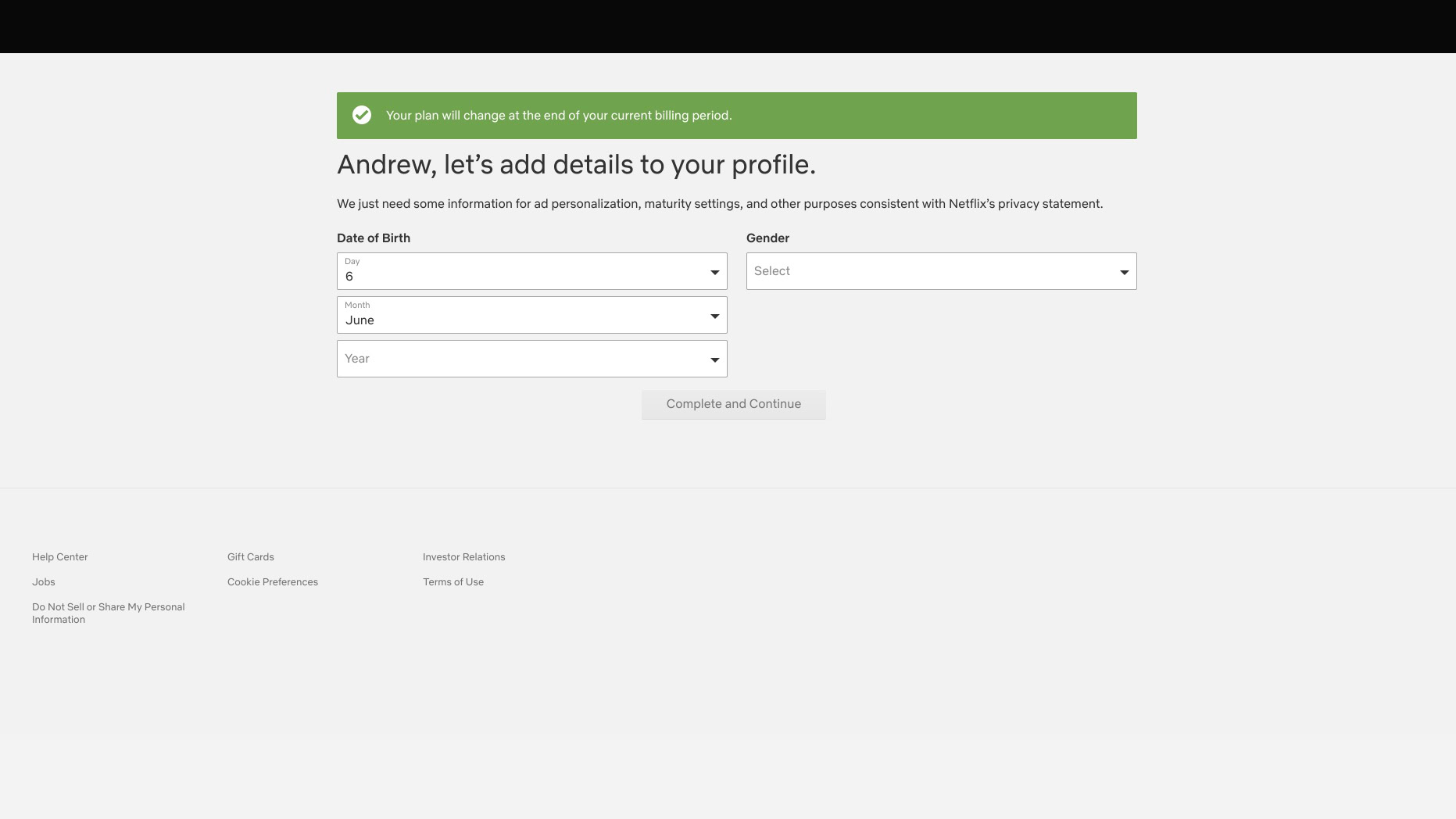
Traditional broadcast TV tends to have a wide range of ads for all types of interests. There’s extensive market research done on who is watching at what times of the day, how much they earn, and so on. This allows for relatively decent targeted ads.
Streaming services tend to be a bit more random. Some, like the Netflix ads plan, actually do attempt to know a bit about you before they fetch ads. Others, like Hulu, seem to vary depending on what you watch, which indicates they are doing audience research at least at some level. Still, I can’t help but feel like the majority of the ads are totally irrelevant to me.
For example, I fired up a few different shows on Hulu. Some were older gems like 30 Rock; others were newer, like Abbot Elementary. I chose a few things outside of my typical watching patterns too, to get a better feel for the ad range.
Ad-supported streaming tends to have the same ads over and over again. And they don't seem to be targeted to my actual tastes.
Regardless of what I seemed to watch, the majority of the ads were either trying to sell me medicines for issues I don’t have or trying to get me to sign up for a dating app. Progressive insurance was also prominently found, with most shows featuring “don’t turn into your parents” ads at least twice. I am married, and I already have Progressive as my insurer, so it’s clear individualized targeting isn’t at work here.
A similar story was found just about everywhere I looked, though I have to say that Peacock tended to have the most interesting ads for me. Probably because it was mostly just spotlights of their own content, and occasionally some bearable commercials about cars from Honda. Medicine ads were there too, so I guess my TV is trying to tell me I’m getting old. As if my body wasn’t already telling me the same thing!
No one seemed to truly get ad targeting all that well. The solution? I’d love to see more personalized ad systems, whether that’s filling in a survey and other basic info when you first sign up, or an easy system that lets you respond to your ads by saying if it was relevant to you or not.
Ads shouldn’t be disruptive, and I’d like more consistency on when and where I see them
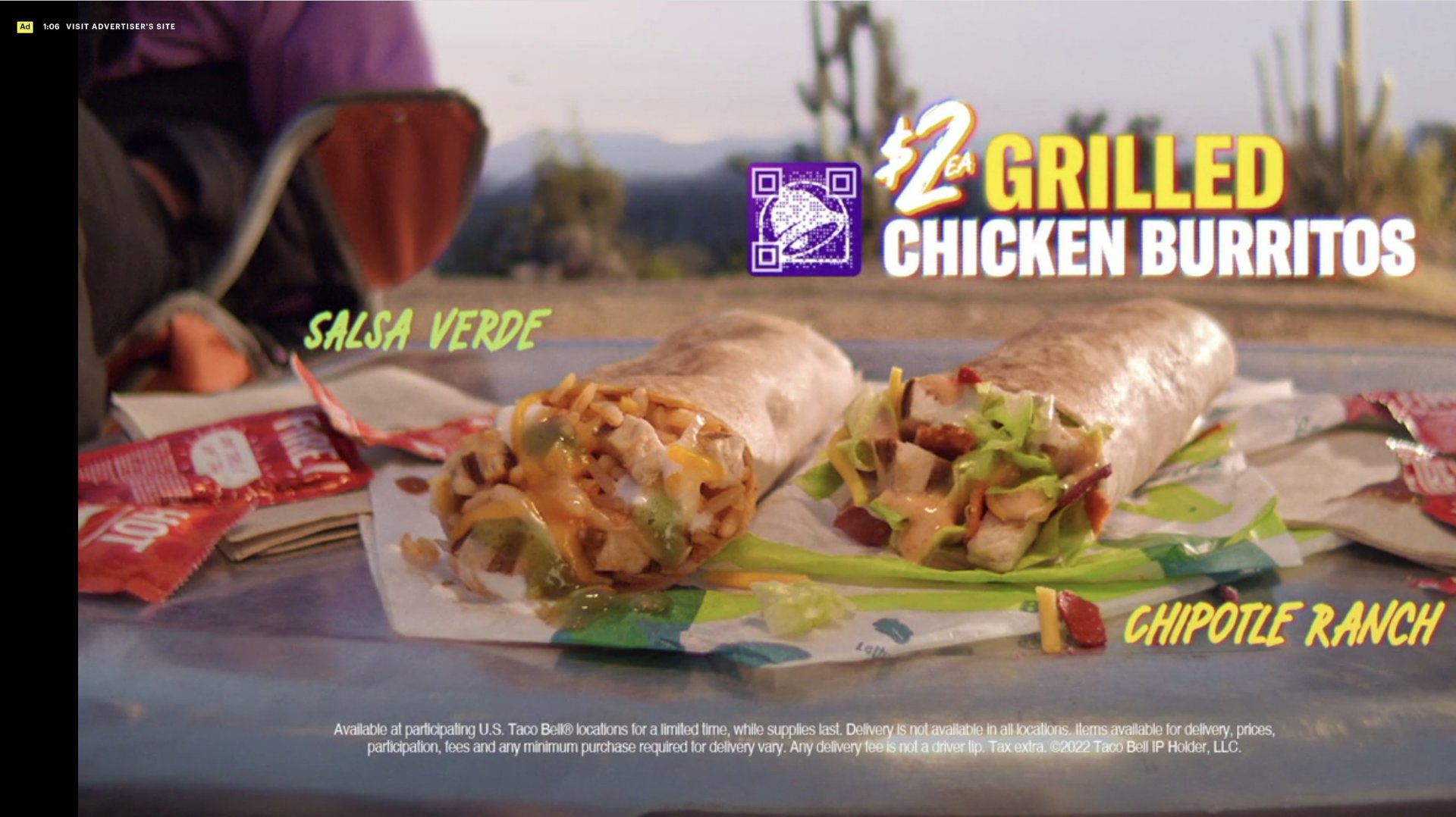
Of course, it’s not just what ads are being served, it’s also when. There is nothing more disruptive to your viewing experience than an ill-placed ad. Maybe the break unnaturally happens when someone in the show or movie is currently talking. On the show’s return, it might even repeat part of what you already watched. This happens mostly with the truly free options, but some shows on Peacock also have poorly planned breaks. Even HBO Max sometimes ended up placing them at pretty illogical moments.
Broadcast and cable TV certainly do much better here, but the good news is this situation is improving. I remember having this problem on Hulu and others only just a few years ago. Now it’s mostly the free options, or just an occasionally poorly placed ad.
Even the amount of ads can be all over the place. As an example, let’s look at HBO Max. Most of HBO’s premium content (think Game of Thrones or Silicon Valley) had totally ad-free experiences. Other shows and movies would have a few minutes of ads right at the beginning, and maybe one or two breaks in the middle.
Ad lengths and placement can vary considerably from show to show and movie to movie — even within the same service.
Then there was Harry Potter and the Sorcerer’s Stone. This one had nine ad breaks in total. Some were really short, like less than 30 seconds. Others would last closer to a minute.
No matter what streaming service I used, ads tended to be random in placement and run time. I kind of get the logic here. By making ads predictable, people are less likely to watch them. When you know an ad is coming, it’s easier to plan bathroom breaks or run to the kitchen for a snack. That’s obviously the opposite of what advertisers want. Still, it would be nice to get even just a bit more transparency on when I’ll get ads and when I won’t.
The video quality may not be as good as the premium tiers
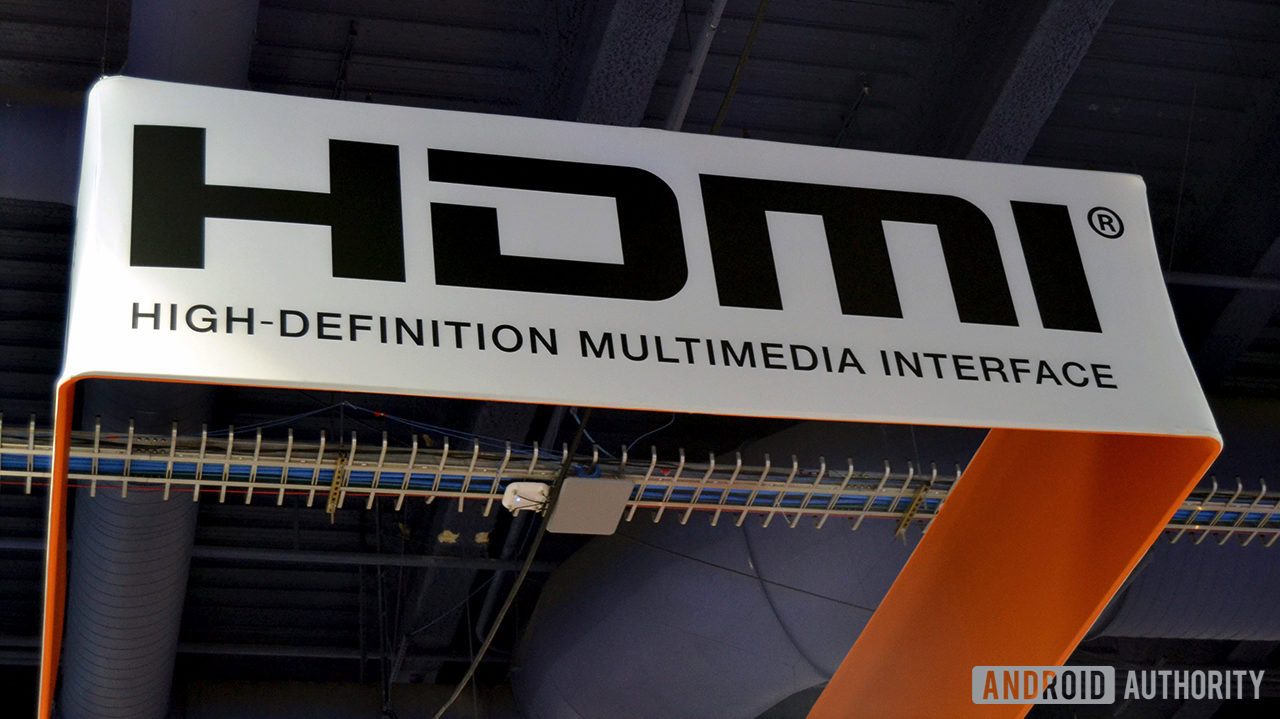
Okay, this really only applies to some of the completely free streaming services and Netflix. Netflix does not have a Full HD option for those that are willing to put up with ads. If you get Netflix Basic with ads, you’ll be stuck with 720p.
Most of the completely free services are also limited to 720p, or even lower in some cases. For example, Pluto TV seems to have such aggressive compression that it often looks blurry and pixelated even if it’s supposedly at 720p. Some options like Freevee can get up to 1080p, though again, it seems slightly aggressive at times with its compression and can be blurrier than expected.
The bright side is that every other major ad-supported paid streaming service had 1080p on the table. Some even had 4K options, though they were typically limited to only a few select titles. For someone with less than great internet service, 1080p is fine. However, 720p feels a bit too much of a step backward.
You won’t be able to download shows and movies for viewing later
Every single free or ad-supported service requires you to be online to watch. This makes sense; otherwise, you’d be watching the same ad over and over again. Still, this could be a sticking point for those who frequently travel or have poor internet connections and want to keep a few shows on a tablet or phone. The lack of offline downloads was one of the things that got me to resubscribe to the more expensive HBO Max plan.
Read the fine print: You might not get access to everything

Most of the ad-supported streaming tiers have a full library of content, but due to licensing restrictions, you may occasionally find something that isn’t available in an ad-supported plan that you’d get if you paid for a premium subscription.
This situation mostly applies to Peacock’s free plan (which is more of a sampler than a functional service) or Netflix Basic with Ads. As far as I can tell, Disney Plus, Paramount Plus, and HBO Max had their full catalogs available to all subscribers.
Netflix is the only one of these paid options missing some of its typical content. The company says about 5-10% of its movies and shows won’t play on the new service, though it’s hard to find a comprehensive list. You’d be forgiven for thinking it’s mostly third-party shows that aren’t available, but big hits like Cobra Kai and House of Cards are completely missing. Other missing programming includes Breaking Bad, Good Girls, The Good Place, The Bad Guys, and Skyfall. That’s far from a full list, but anything that won’t play shows a lock icon in the library.
Are ad-supported streaming services actually worth it?
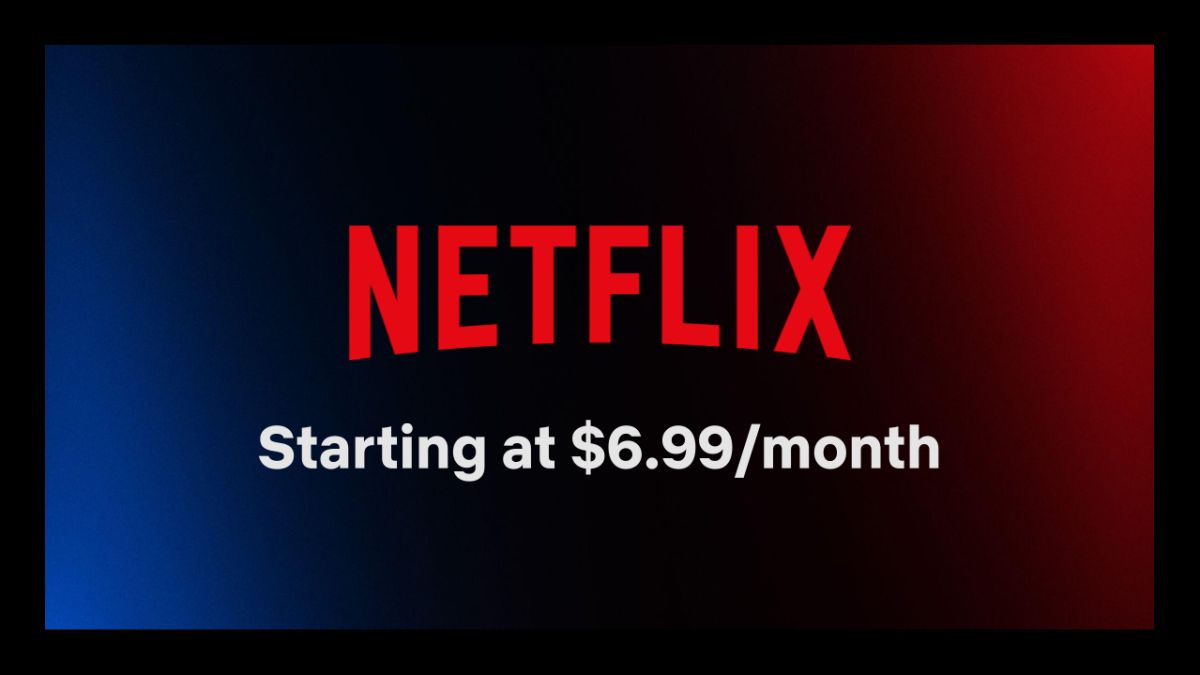
Everyone is tightening their wallets in 2023, but is this a good place to save cash? Honestly, it depends on how much you stream movies and series and whether any of the points above are deal breakers to you.
Really there’s no one-size-fits-all approach. In my case, I’m paying for a few ad-free subscriptions like Peacock, Netflix, and HBO Max. The first because I watch it the most, Netflix because of the missing content, and HBO Max because I tend to download it a lot for watching on the go.
Ad-supported services are a great way to save money; just be aware there are some compromises you'll have to make.
When in doubt, we recommend just giving the ad-supported option a try if the idea of saving a few bucks a month appeals to you. It’s very easy to upgrade back to an ad-free plan. In fact, I plan to do this whenever there are major new shows hitting my favorite platforms and I want to binge through them ad-free.
If you only could pick a few options, we’d recommend Freevee, Tubi, and PlutoTV out of all the truly free ad-supported services. Just remember you get more than what you pay for, and that’s nothing. These services have quirks, but it’s a nice way to supplement your paid content. For those looking for the best ad-supported paid service? HBO Max, Hulu, and Disney Plus do the best job here. All the others tend to have a few more compromises than I’d like.